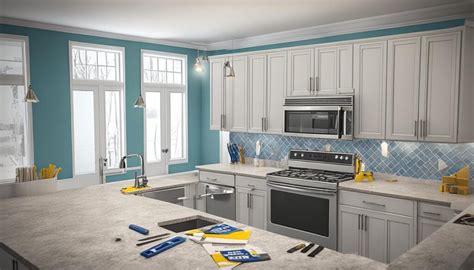Embark on a journey through the world of energy-efficient windows, where innovation meets sustainability to create a harmonious blend of functionality and eco-friendliness. Discover how these windows revolutionize the way we think about energy consumption and conservation in our homes and buildings.
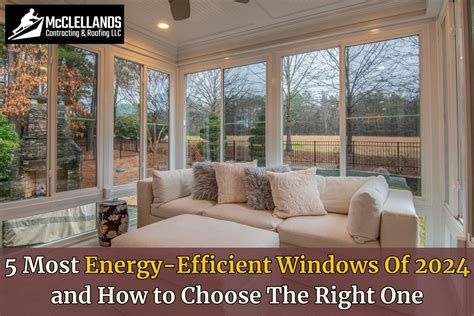 Delve deeper into the intricacies of different window types, installation techniques, and maintenance practices to unlock the full potential of energy efficiency in your living spaces.
Delve deeper into the intricacies of different window types, installation techniques, and maintenance practices to unlock the full potential of energy efficiency in your living spaces.
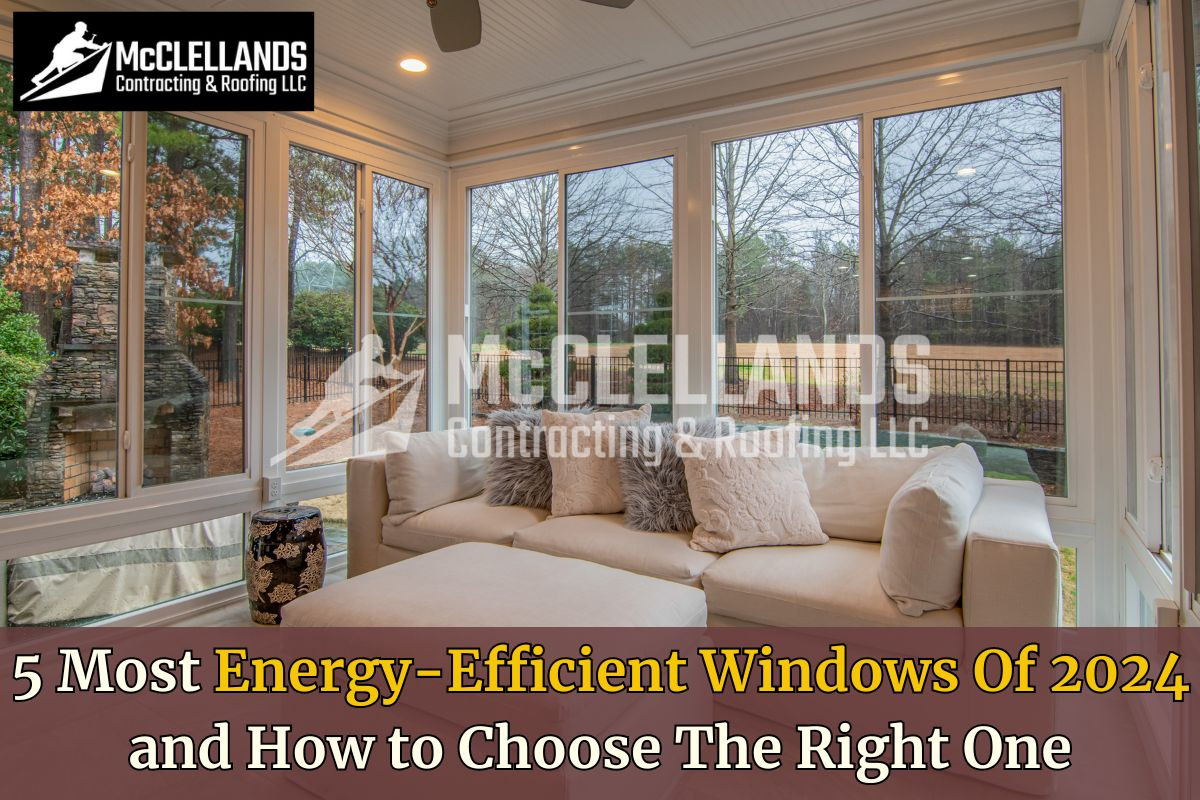 Energy-efficient windows play a crucial role in homes and buildings by helping to reduce energy consumption and improve overall comfort.
Energy-efficient windows play a crucial role in homes and buildings by helping to reduce energy consumption and improve overall comfort.
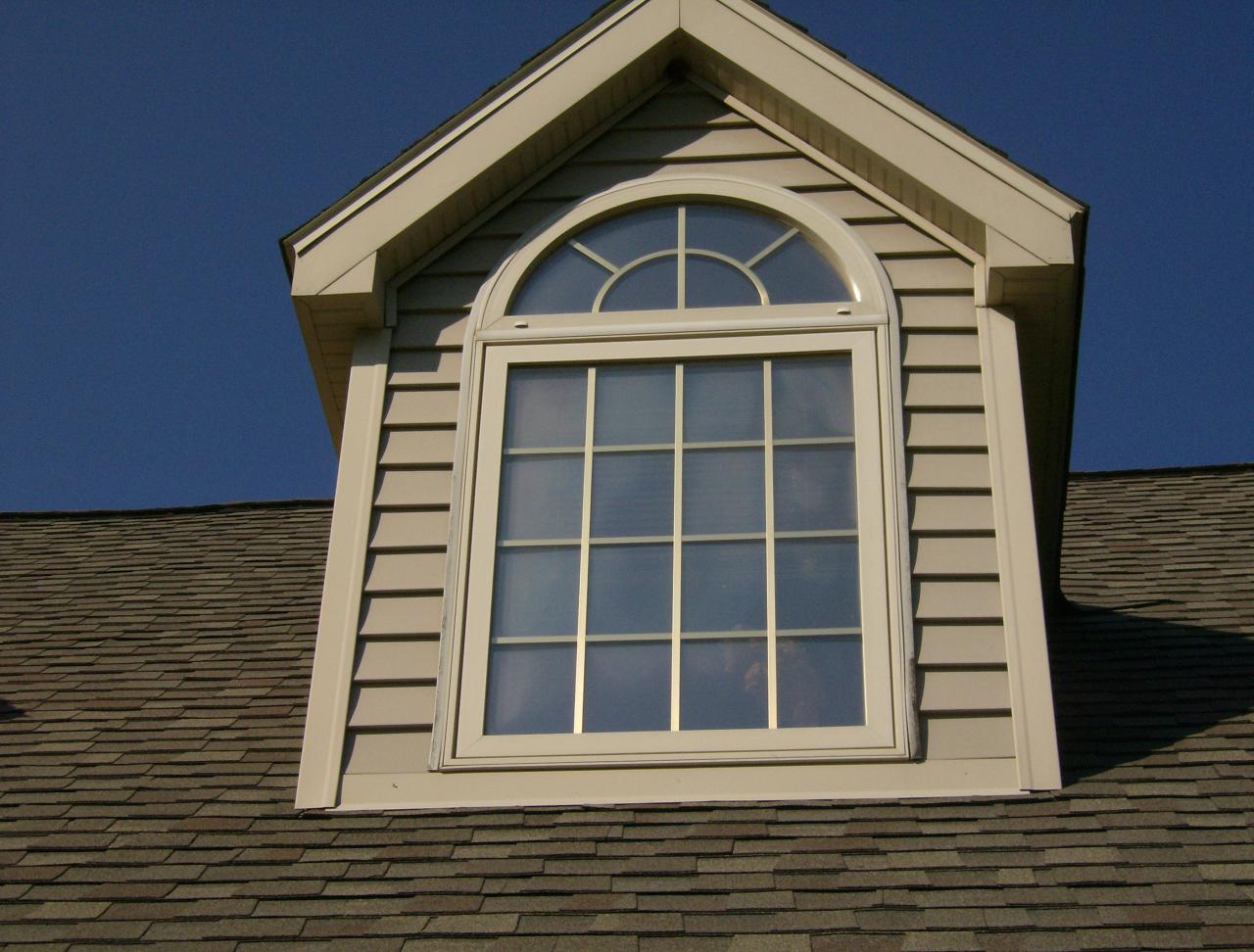 Proper installation and regular maintenance are crucial for maximizing the energy efficiency of windows and ensuring optimal performance over time.
Proper installation and regular maintenance are crucial for maximizing the energy efficiency of windows and ensuring optimal performance over time.
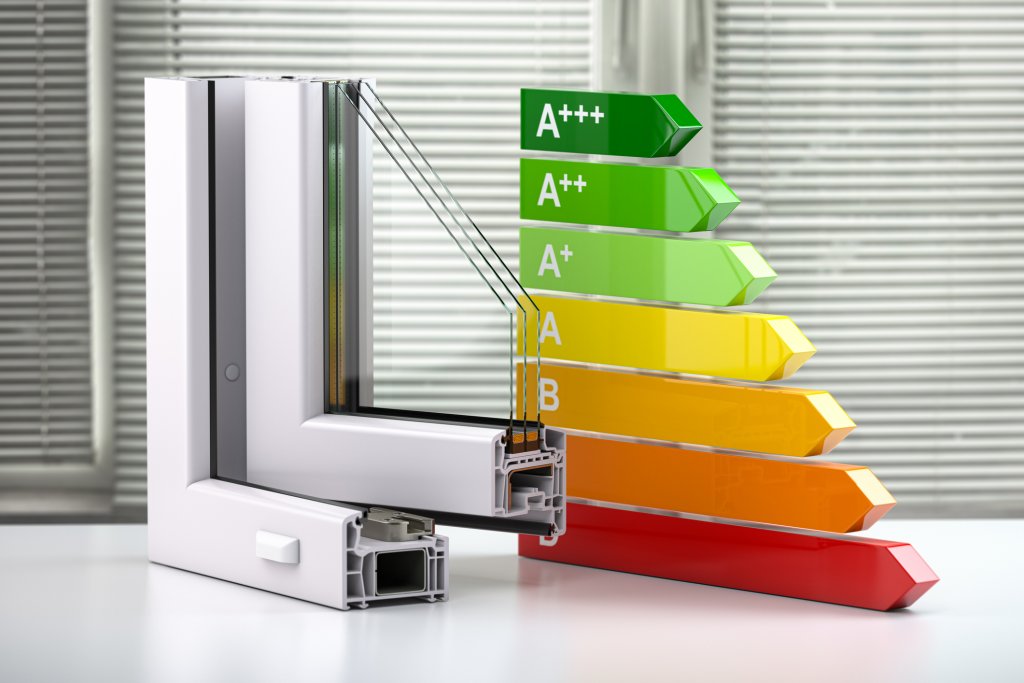 In conclusion, Best energy-efficient windows offer not just cost savings but also environmental benefits, making them a wise choice for the modern homeowner. By understanding the importance, types, factors to consider, and maintenance tips, you can embark on a journey towards a more sustainable and energy-efficient living environment.
In conclusion, Best energy-efficient windows offer not just cost savings but also environmental benefits, making them a wise choice for the modern homeowner. By understanding the importance, types, factors to consider, and maintenance tips, you can embark on a journey towards a more sustainable and energy-efficient living environment.
 Delve deeper into the intricacies of different window types, installation techniques, and maintenance practices to unlock the full potential of energy efficiency in your living spaces.
Delve deeper into the intricacies of different window types, installation techniques, and maintenance practices to unlock the full potential of energy efficiency in your living spaces.
Importance of Energy-Efficient Windows
 Energy-efficient windows play a crucial role in homes and buildings by helping to reduce energy consumption and improve overall comfort.
Energy-efficient windows play a crucial role in homes and buildings by helping to reduce energy consumption and improve overall comfort.
Reduction in Energy Consumption
- Energy-efficient windows are designed to minimize heat transfer, keeping the interior of a building cooler in the summer and warmer in the winter without relying heavily on heating or cooling systems.
- By reducing the need for constant heating and cooling, energy-efficient windows help lower the overall energy consumption of a building, leading to cost savings and a smaller carbon footprint.
Impact on Heating and Cooling Costs
- Energy-efficient windows can significantly reduce heating and cooling costs by maintaining a more stable indoor temperature throughout the year.
- During the summer, these windows block out heat from the sun, reducing the workload on air conditioning systems and lowering electricity bills.
- In the winter, energy-efficient windows prevent heat from escaping, keeping the interior warm and reducing the need for constant heating, thus lowering heating costs.
Types of Energy-Efficient Windows
When it comes to energy-efficient windows, there are several types available in the market, each offering unique features and benefits that contribute to saving energy and reducing utility costs.Double-Pane Windows
Double-pane windows consist of two layers of glass with a space in between filled with insulating gas, typically argon or krypton. This design helps to improve thermal efficiency by reducing heat transfer through the window, making them more energy-efficient compared to single-pane windows.Low-E Coating Windows
Low-emissivity (Low-E) coating windows have a thin, transparent coating applied to the glass that reflects heat while still allowing light to pass through. This coating helps to reduce heat gain in the summer and heat loss in the winter, making them ideal for maintaining a comfortable indoor temperature year-round.Gas-Filled Windows
Gas-filled windows are filled with insulating gases like argon or krypton between the glass panes to improve thermal efficiency. These gases have a higher density than air, reducing heat transfer and improving insulation, making them more energy-efficient than standard air-filled windows.Comparison of Window Materials
- Vinyl Windows:Vinyl windows are cost-effective, low-maintenance, and offer good insulation properties, making them energy-efficient options for homeowners.
- Fiberglass Windows:Fiberglass windows are durable, weather-resistant, and have excellent thermal performance, making them a popular choice for energy-efficient homes.
- Wood Windows:Wood windows provide natural insulation and a classic look, but they require more maintenance compared to vinyl or fiberglass options.
Factors to Consider When Choosing Energy-Efficient Windows
When selecting energy-efficient windows for your home, there are several key factors to keep in mind to ensure optimal performance and savings on energy bills.1. U-Factor, Solar Heat Gain Coefficient, and Visible Transmittance
- U-Factor:This measures how well a window prevents heat from escaping. The lower the U-factor, the better the window insulates.
- Solar Heat Gain Coefficient (SHGC):Indicates how much solar radiation is transmitted through the window. Lower SHGC is ideal for hot climates to reduce cooling costs.
- Visible Transmittance:This measures how much visible light passes through the window. Higher visible transmittance means more natural light indoors.
2. Window Orientation and Climate Impact
- Consider the direction your windows face and the climate of your region. South-facing windows receive more sunlight, so selecting windows with lower SHGC in this area can help reduce heating costs in colder climates.
- For hot climates, east and west-facing windows should have low SHGC to minimize heat gain and reduce cooling needs.
3. Selecting the Right Energy-Efficient Windows
- Assess your specific needs, such as insulation requirements, natural light preferences, and budget constraints.
- Consult with a professional to determine the most suitable energy-efficient windows based on your location, climate, and desired energy savings.
- Look for ENERGY STAR certified windows to ensure high-quality, energy-efficient options that meet industry standards.
Installation and Maintenance of Energy-Efficient Windows
 Proper installation and regular maintenance are crucial for maximizing the energy efficiency of windows and ensuring optimal performance over time.
Proper installation and regular maintenance are crucial for maximizing the energy efficiency of windows and ensuring optimal performance over time.
Proper Installation Procedures
- Ensure a proper fit: Correct measurements and precise installation are essential to prevent air leakage and maintain energy efficiency.
- Use quality materials: High-quality insulation and weather-stripping materials are key to sealing gaps and reducing heat transfer.
- Professional installation: Hiring experienced professionals can ensure that windows are installed correctly, following industry standards and best practices.
Regular Maintenance Practices
- Clean windows regularly: Dirt and debris can affect the insulation properties of windows, so regular cleaning is important for optimal performance.
- Check for damage: Inspect windows for any signs of wear and tear, such as cracks or gaps, and repair them promptly to prevent energy loss.
- Seal gaps and leaks: Use caulk or weather-stripping to seal any gaps or leaks around the window frames to maintain energy efficiency.
Tips to Extend the Lifespan of Energy-Efficient Windows
- Avoid harsh cleaning chemicals: Use mild cleaners and non-abrasive tools to clean windows and avoid damaging the energy-efficient coatings.
- Protect windows from direct sunlight: Direct exposure to sunlight can cause damage to windows over time, so consider using blinds or shades to protect them.
- Regular inspections: Periodic inspections of windows can help identify issues early and prevent major problems that could affect energy efficiency.
End of Discussion
 In conclusion, Best energy-efficient windows offer not just cost savings but also environmental benefits, making them a wise choice for the modern homeowner. By understanding the importance, types, factors to consider, and maintenance tips, you can embark on a journey towards a more sustainable and energy-efficient living environment.
In conclusion, Best energy-efficient windows offer not just cost savings but also environmental benefits, making them a wise choice for the modern homeowner. By understanding the importance, types, factors to consider, and maintenance tips, you can embark on a journey towards a more sustainable and energy-efficient living environment.

